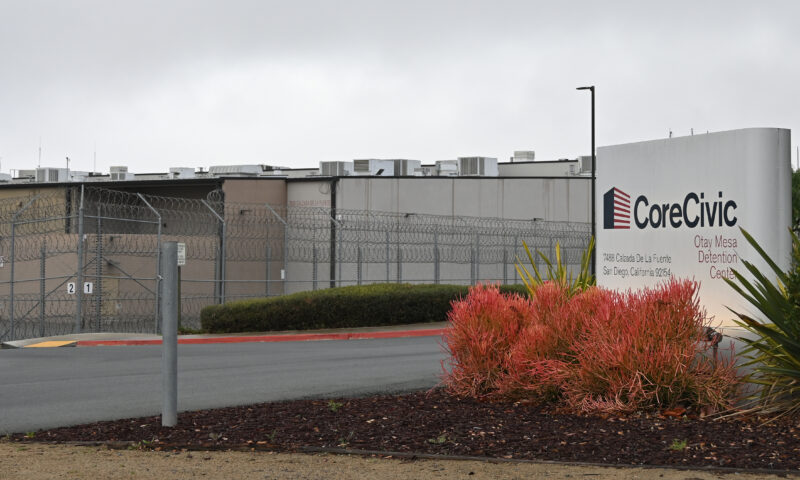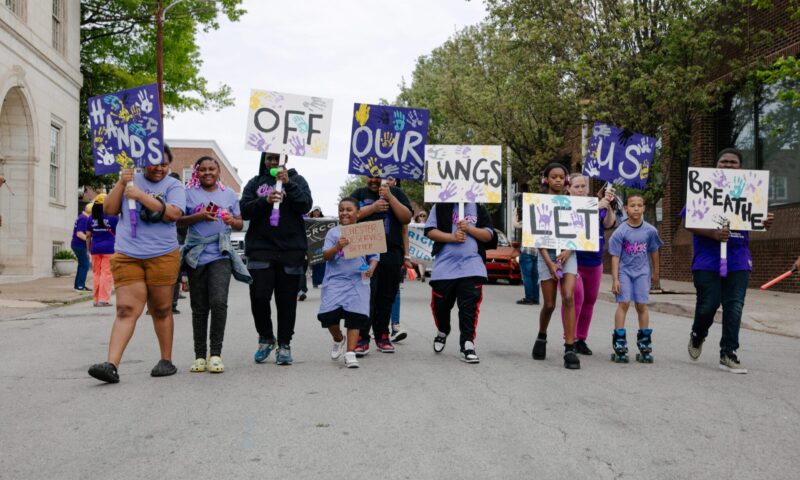Labor & Economy
May Is Labor History Month

One of California’s best-kept secrets is that May is Labor History Month. Signed into law as AB 2269 (Swanson) in 2012 by Governor Jerry Brown, its purpose is to encourage schools to commemorate this month with appropriate educational exercises that make pupils aware of the role the labor movement has played in shaping California and the United States.
That role is the making and defense of the middle class. Unions have been, and remain, by far the most important engine in creating the American Dream, homeownership for the millions, and a better life for each generation. Most of the middle class arrived in that economic neighborhood when working people got together, formed unions, and wrested a fair share of what they produced from their employers. In other words, it was by acting like a working class that most of our families became middle class.
The economic advancement of workers relies on the escalator of collective struggle. Perhaps the best example is the New Deal, created by a president conscious of the enormous upsurge in unionization and worker activism in the 1930s, consisting of laws such as the National Labor Relations Act, Social Security Act, Unemployment Insurance Act, and the Fair Labor Standards Act. While most people think of these as Roosevelt’s legacy, he didn’t do this alone. It took a massive wave of unionization, with workers engaged in strikes, demonstrations, factory seizures, and political action, before those in power heard their message and created the New Deal.
Today, with union density sinking below seven percent in the private sector, these achievements of the American working class are in jeopardy. The National Labor Relations Act has been rendered toothless. State legislatures in the hands of ultra-conservatives pass bills to eliminate worker rights, as in Wisconsin (the right of public employees to bargain collectively) and Michigan (the so-called “right to work”). As unions shrink, wages lag, and the numbers of people in poverty grow. Right wing pundits castigate union members for their supposed “lavish benefits,” such as decent employer-paid health coverage or modest retirement pensions. Corporate bosses make hundreds of times the yearly salary of their average worker, regardless of the CEO’s performance, while hypocritically saying teachers’ pay should be based on the performance of their students on standardized tests. The One Percent has doubled its share of the nation’s income since the 1980s at the expense of everyone else.
All the more important to remember and celebrate the historic victories of the labor movement. AB 2269 was a project of the Speaker’s Commission on Labor Education, which brings together union representatives and governmental agencies to hold events, disseminate information and instructional materials, and carry out the spirit of the law.
The good news is that there are now a number of ways to bring the lessons of labor history to our students and to celebrate labor history week outside of school. The rotunda in the state Capitol in Sacramento will feature a fine exhibit on California labor history produced by the Research Bureau of the state library. Another exhibit will be shown in the Los Angeles Community College District, including historic images and students’ art about labor. A newly revised 24 page pamphlet, Work, Money and Power: Unions in the 21st Century (distributed by the Center for Labor Research and Education at U.C. Berkeley) is available to set the record straight on the continuing importance of unions. And a website showcases the work of the Speaker’s Commission on Labor Education, and lists resources.
For a generation of young workers facing employment in big box stores, fast food restaurants and temp agencies, these lessons are essential if they are to know their rights and know that it’s possible to defend the historic gains of working people. Labor History Month offers an opportunity to give all students something precious: knowledge of where their rights came from, and how to preserve and extend them today.
(Fred Glass is the California Federation of Teachers’ communications director. His post first appeared on Labor’s Edge and is republished with permission. For more Labor History Month info, contact Fred Glass at fglass@cft.org.)

-

 Latest NewsJune 17, 2025
Latest NewsJune 17, 2025A Coal Miner’s Daughter Takes on DOGE to Protect Miners’ Health
-

 Beyond the BorderJune 10, 2025
Beyond the BorderJune 10, 2025Detained Man Says ICE Isn’t Treating His Colon Cancer
-

 Column - State of InequalityJune 12, 2025
Column - State of InequalityJune 12, 2025‘Patients Will Suffer. Patients Will Die.’ Why California’s Rural Hospitals Are Flatlining.
-

 Featured VideoJune 10, 2025
Featured VideoJune 10, 2025Police Violently Crack Down on L.A. Protests
-

 Column - California UncoveredJune 18, 2025
Column - California UncoveredJune 18, 2025Can Gov. Gavin Newsom Make Californians Healthier?
-

 The SlickJune 6, 2025
The SlickJune 6, 2025Pennsylvania Has Failed Environmental Justice Communities for Years. A New Bill Could Change That.
-

 Latest NewsJune 6, 2025
Latest NewsJune 6, 2025Trump Won Big in Kentucky. Medicaid Cuts Could Hit It Hard.
-

 Latest NewsJune 6, 2025
Latest NewsJune 6, 2025Before Attacking Each Other, Musk and Trump Struck Blows Against Veterans, Children, the Hungry and the Sick

